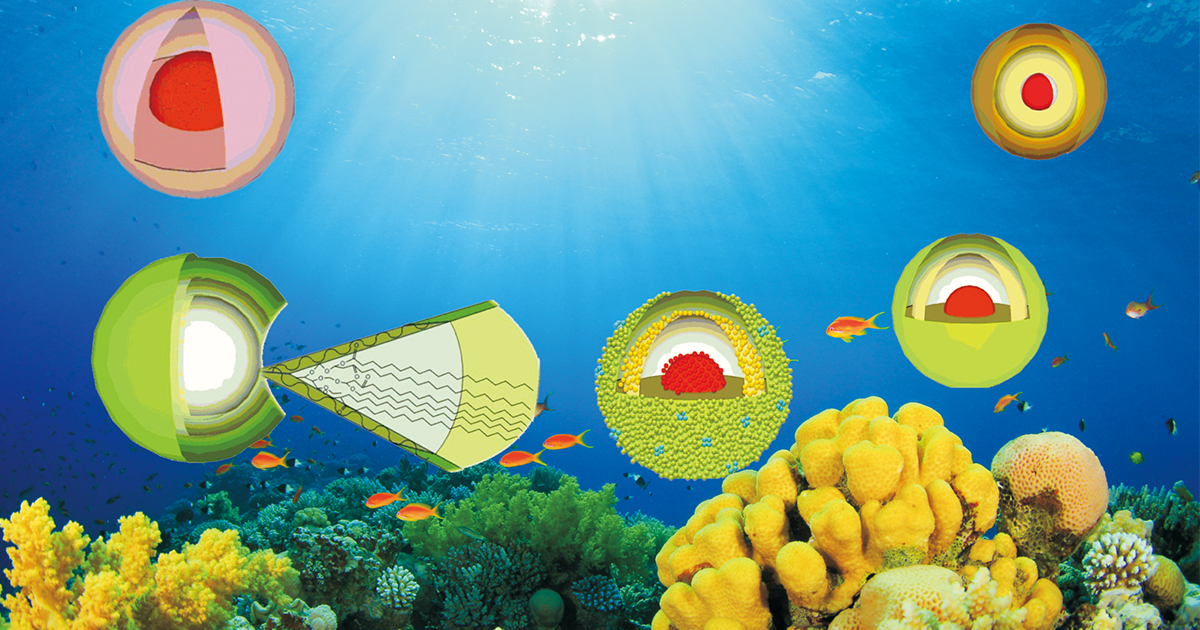Sustainable Catalysis: Synthesis and Advanced Applications
A special issue of Chemistry (ISSN 2624-8549). This special issue belongs to the section "Catalysis".
Deadline for manuscript submissions: closed (1 April 2023) | Viewed by 2954

Special Issue Editors
Interests: catalysis; single-atom catalysts; energy; sustainable organic transformation; carbon-based nanocatalysts
Special Issues, Collections and Topics in MDPI journals
Interests: bioinspired materials; photocatalytic materials; carbonaceous materials; defect engineered materials; two dimensional (2D) materials; organic transformation reactions
Special Issues, Collections and Topics in MDPI journals
Special Issue Information
Dear Colleagues,
Catalysis is an integral part of organic transformations including various catalytic areas such as homogeneous catalysis, graphene/carbon-based catalysts, single-atom catalysts, MOF-COF, integrated catalysts, core–shell catalysts, and other types of catalysts. Recent decades have seen a rapid advancement in technology, allowing the development of increasingly sustainable heterogeneous nanomaterials and catalysts. For example, catalytic materials can now be manufactured with greater precision via nanotech-enabled procedures. With well-defined sizes, structures, and compositions, metal/bimetallic nanoparticles, which frequently act as active catalytic components, can be made in a way that is more environmentally friendly.
Such controllability could potentially lead to advanced catalytic/photocatalytic/electrocatalytic technologies and their applications in sustainable processes. As well as the traditional need for efficient and selective catalytic reactions that will transform raw materials into valuable chemicals, pharmaceuticals, and fuels, sustainable chemistry also strives for waste reduction, atomic efficiency, and high rates of catalyst recovery. This Special Issue is aims to highlight key examples of sustainable nanomaterials with applications on various important catalytic/sustainable processes, including photocatalytic and electrocatalytic applications.
Prof. Dr. Manoj B. Gawande
Dr. Venkata Krishnan
Guest Editors
Manuscript Submission Information
Manuscripts should be submitted online at www.mdpi.com by registering and logging in to this website. Once you are registered, click here to go to the submission form. Manuscripts can be submitted until the deadline. All submissions that pass pre-check are peer-reviewed. Accepted papers will be published continuously in the journal (as soon as accepted) and will be listed together on the special issue website. Research articles, review articles as well as short communications are invited. For planned papers, a title and short abstract (about 100 words) can be sent to the Editorial Office for announcement on this website.
Submitted manuscripts should not have been published previously, nor be under consideration for publication elsewhere (except conference proceedings papers). All manuscripts are thoroughly refereed through a single-blind peer-review process. A guide for authors and other relevant information for submission of manuscripts is available on the Instructions for Authors page. Chemistry is an international peer-reviewed open access semimonthly journal published by MDPI.
Please visit the Instructions for Authors page before submitting a manuscript. The Article Processing Charge (APC) for publication in this open access journal is 1800 CHF (Swiss Francs). Submitted papers should be well formatted and use good English. Authors may use MDPI's English editing service prior to publication or during author revisions.
Keywords
- sustainable nanomaterials
- cabon-based nanomaterials
- N,S,O-doped Nanocatalysts
- electrocatalysis (ORR, OER etc.).
- photocatalysis (PEC)
- energy applications
- homogeneous catalysis
- DFT-based catalytic reactions
Benefits of Publishing in a Special Issue
- Ease of navigation: Grouping papers by topic helps scholars navigate broad scope journals more efficiently.
- Greater discoverability: Special Issues support the reach and impact of scientific research. Articles in Special Issues are more discoverable and cited more frequently.
- Expansion of research network: Special Issues facilitate connections among authors, fostering scientific collaborations.
- External promotion: Articles in Special Issues are often promoted through the journal's social media, increasing their visibility.
- e-Book format: Special Issues with more than 10 articles can be published as dedicated e-books, ensuring wide and rapid dissemination.
Further information on MDPI's Special Issue polices can be found here.






